How to quickly remove silicone sealant?
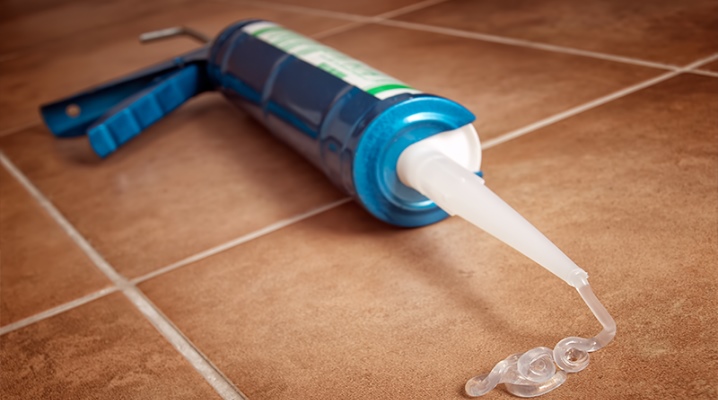
Silicone sealant is a reliable sealing material. This material is used in repair work to seal cracks, gaps, joints. The sealant can be used in the kitchen, bathroom, toilet, balcony and other rooms. This is a versatile tool that will facilitate repair work and help correct shortcomings. During work, situations arise when silicone can get on the surface to be treated, clothes or hands. How to protect yourself from this and the best way to remove the sealant from different surfaces, we will tell you in this article.


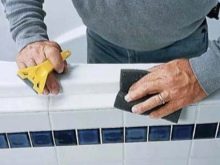
Peculiarities
The silicone based sealant is suitable for a variety of surfaces. It has improved adhesion to many materials. Due to its properties, the sealant is very often used for small works or major repairs.
Silicone hardens in air rather quickly. If the sealant gets on the surface, it is better to remove it immediately. Once the silicone has hardened, it will be much more difficult to remove it. Silicone on surfaces treated for a long time is difficult to remove, it is especially difficult to remove it from porous surfaces or tiles, since it is already deeply embedded in the material.
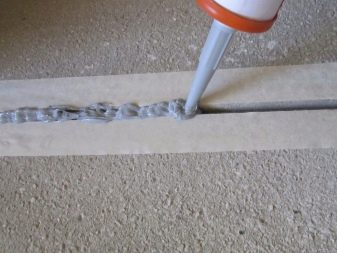
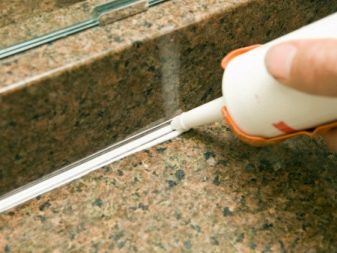
Silicone sealant is difficult to clean, even with a special remover. For cleaning, you can use mechanical cleaning and try to remove the dirt. It is difficult to mechanically remove the sealant to the end; it is also necessary to apply dry cleaning and try to wash the silicone with white spirit, acetone or other means.
When cleaning, you should always remember that this should be done carefully, taking care not to damage the surface to be treated.
The mechanical method is suitable for surfaces that are not visible at first glance. Otherwise, in the event of minor scratches, the appearance of this material may deteriorate.
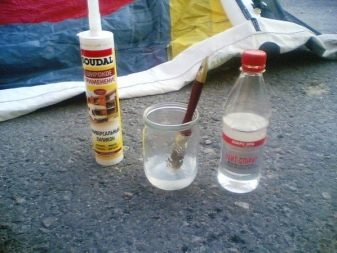

Cleaning rules
When sealing seams or cracks, when protecting surfaces from the adverse effects of aggressive substances, a sealant is very often used to glue the structure. This material has successfully replaced outdated putties and grouting, thanks to its properties and excellent adhesion, it has become much easier for them to process seams or repair cracks.
Sinks, baths, showers - this is not a complete list where silicone sealant is used. With this material, you can seal up the joints between the bathroom and the wall, glue the walls of the aquarium or seal the joints in the shower stall.

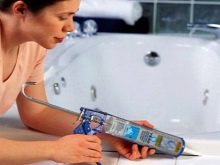
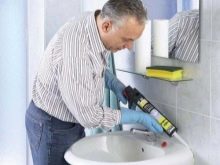
When working with the material, you should know how to quickly clean it from any surface. During work, it is better to wipe off excess silicone immediately, otherwise the sealant will harden very quickly and it will be problematic to remove the excess.
When sealing the seams, the glue can get on the clothing and stain it. First of all, you should protect yourself from such contamination and work in special work clothes. If the sealant does get on the fabric, you should know how to remove it from the surface.
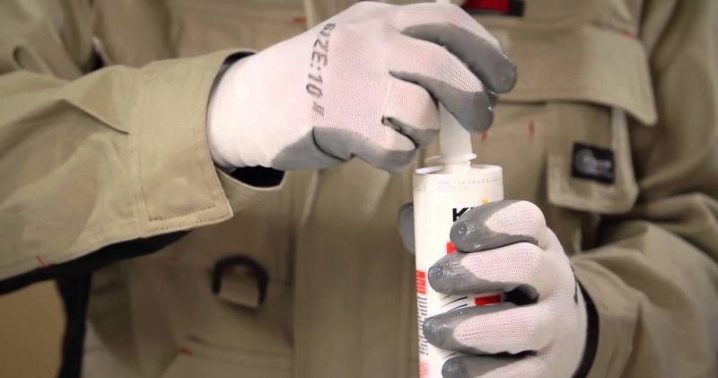
If the contamination is fresh, place the contaminated area under hot water and remove it. In the event that the sealant has already hardened, such treatment will not give a result.
Silicone sealant is used to repair a motor in a car. Often the silicone gets on the covers of the car. To clean the cover, as with any fabric surface, it is best to immediately remove fresh dirt.When using harsh chemicals, there is a possibility of damaging the fabric. A solvent is applied to the contaminated area and left to soak for 30-40 minutes. The impregnated material is cleaned with a brush. After that, the fabric is washed by hand or in a washing machine.
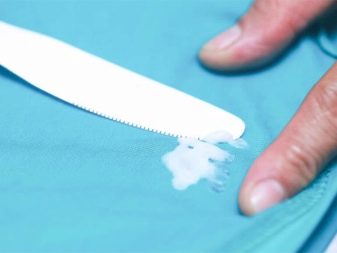
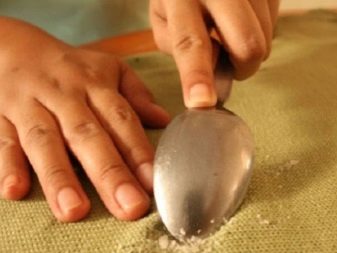
If it is undesirable to use a solvent, you can use another method for removing the sealant:
- clothes or other fabric is laid out on the surface;
- the fabric should be stretched a little;
- take a scraper or non-sharp knife and clean off the silicone from the surface;
- a trace of oil is wiped with an alcohol solution or vinegar;
- the fabric is soaked for 3 hours and then washed by hand or machine.
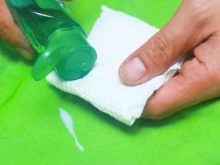


When choosing a silicone sealant for repair work, take into account which surfaces it is suitable for. You can find alkaline, acidic and neutral sealants in the store. When buying an acidic sealant, you should be aware that they should not process metal surfaces. The letter "A" will be written on its packaging, which means that it contains acetic acid, which can lead to metal corrosion.
Also, do not use it when working with marble surfaces, cement. For such materials, it is better to choose a neutral sealant. It matches any surface.
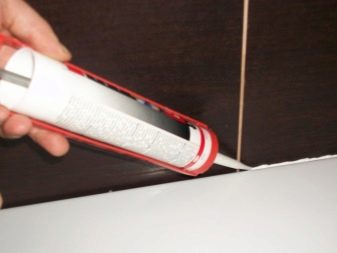
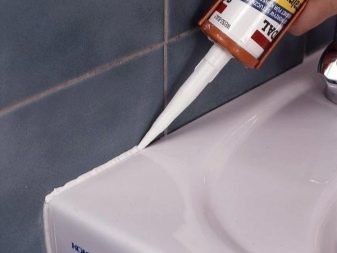
Suitable means
Silicone needs to be removed not only during application.
It is removed in case:
- when the old sealant has already become unusable, it has lost its full sealing;
- during the work, it turned out that due to violation of the rules, complete sealing did not occur;
- mold, fungus appeared;
- if the surface was accidentally smeared.
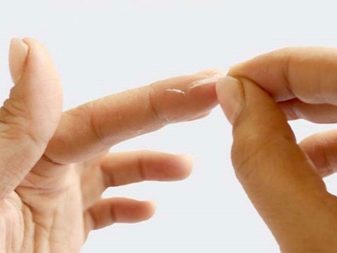
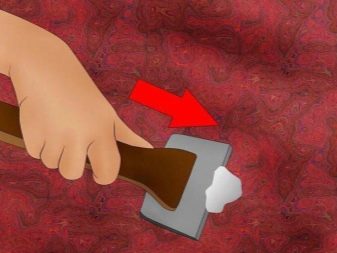
The sealant penetrates very deeply into the depth of the material, because of this it is very difficult to remove it from the surface, especially when it has already been in contact with it for a long period.
There are many ways to remove silicone. For some surfaces it is better to choose the mechanical method. Do not use this method to clean glass surfaces, tiles, acrylic or enamel bathtubs, otherwise you can easily ruin them. The mechanical method is suitable for cleaning a surface that is not visible, since there is a possibility of damage to the surface during cleaning, scratches may remain.
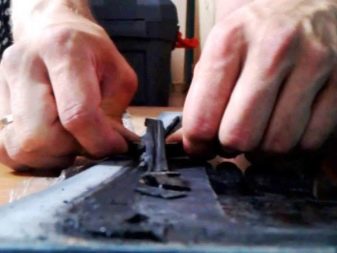
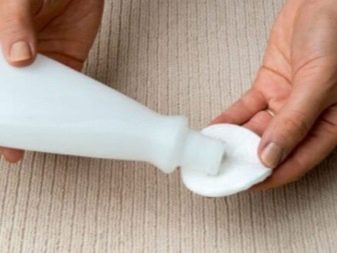
In order to remove the old layer of sealant, you should take a knife and pick up a seam with it. After the top layer of silicone has been cut off, remove the remnants of it with the sharp end of a knife and clean the surface to be treated. You can use sandpaper or pumice stone for cleaning. Sand the surface carefully so as not to scratch or damage it.
Remove silicone with special means. You can purchase the sealant in the form of a paste, cream, spray, or solution. Let's dwell on some of them.
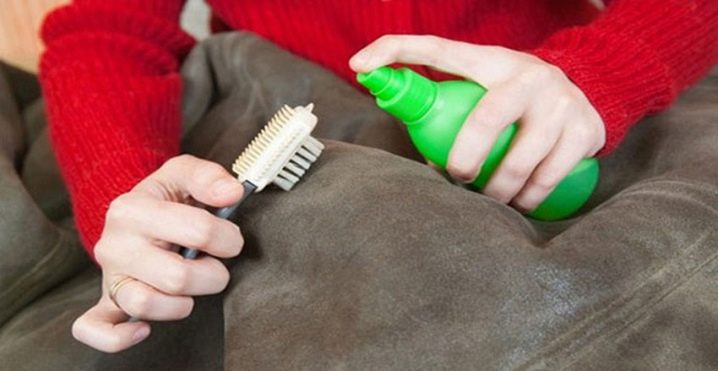
Lugato Silicon Entferner - this is a special paste, with which you can easily get rid of dirt on many types of surfaces. The paste cleans well the sealant on glass, plastic, tiles, removes dirt from acrylic surfaces and enamel. Suitable for metal surfaces, concrete, stone, plaster, removes glue from wooden surfaces well. To remove the sealant, remove the silicone layer with a sharp knife, its thickness should not be more than 2 mm. The paste is applied to the surface for 1.5 hours. Remove silicone residues with a wooden spatula. The surface is washed with detergents.
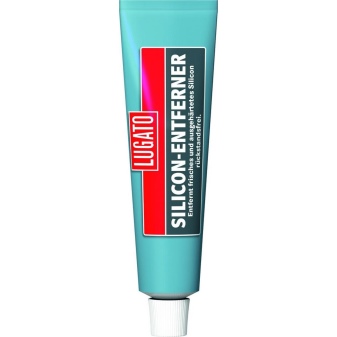
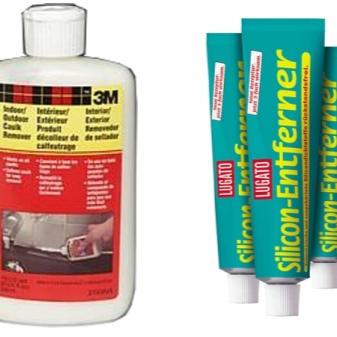
Sili-kill removes dirt from brick surfaces and concrete, ceramics, metal, glass. When using, the top layer of the sealant is cut off, and this agent is applied to the surface for half an hour. Then you should wash it with soapy water.
Penta-840 Is a remover for cleaning sealant from surfaces made of metal, concrete, glass, stone. This product can be used to treat cast iron bathtubs and tiles. This tool is tested in a small area. To do this, it is applied for a few minutes on a part of the surface and inspected to see if everything is in order. After checking, apply a stripper to the sealant. After half an hour, the silicone swells and is removed with a sponge.
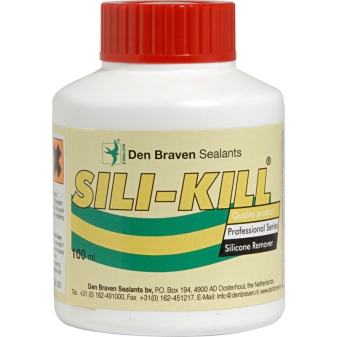

Dow Corning OS-2 serves for cleaning silicone from glass, metal, plastic, ceramics. The top sealant layer is removed. This product is applied for 10 minutes. Using a damp cloth or sponge, remove the residue.
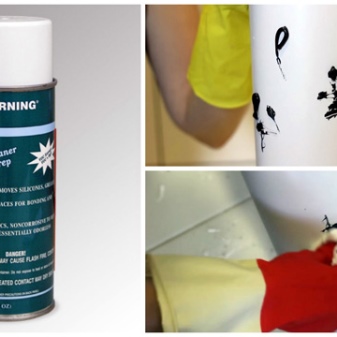
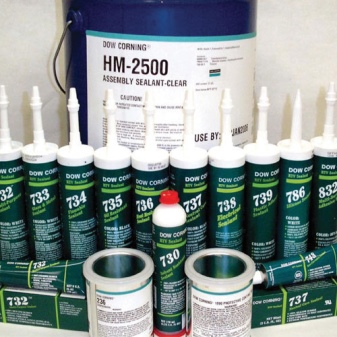
If these funds are not suitable, use other methods. The easiest one is with ordinary table salt.
This method is used when delicately removing silicone or greasy stains from it. You should take a piece of gauze or a tampon, slightly moisten it and put salt inside. You should rub the surface with such a salt bag, and you should not rub it too much, the movements should be circular. When the silicone is removed, a greasy residue remains on the surface, which can be removed with a dish detergent.

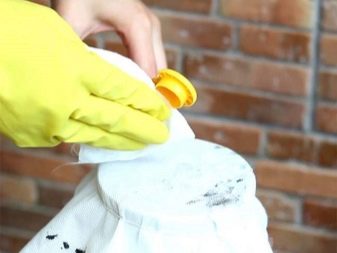
You can clean silicone from the product and any surface with chemicals. Such products help to get rid of silicone quickly and easily. You can take white spirit for such purposes. With its help, the adhesive is removed from tiles, ceramics, cast iron, glass.
White spirit is not used on painted surfaces. When using this product, it is applied to cotton wool or gauze and cleaned the contaminated area. After a few minutes, when the silicone becomes soft, it is removed with a knife or blade.

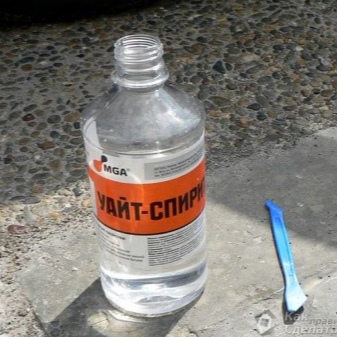
You can remove contamination with acetone. Apply it to a small area before use. If the surface remains unchanged, acetone can be applied over the entire joint. Acetone is more aggressive than white spirit and has a strong odor. The liquid is applied to the seam and wait 15-20 minutes until it softens and loses its shape. Remains should be removed with a cloth.
Do not use plastic cleaner, otherwise acetone may dissolve the plastic surface. It is used for products from tiles, glass, cast iron.


After processing, an oil stain remains on the surface, which can also be removed with acetone or white spirit using table vinegar. It has a pungent specific smell, so you should work with it in a respirator mask and ventilate the room well.
Other solvents such as kerosene and gasoline can also be used. Sometimes these products can cope with pollution as well as expensive purchased products.
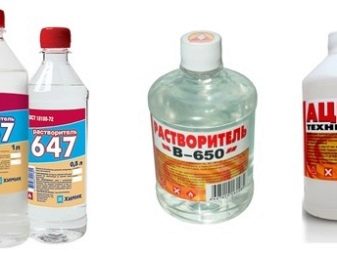
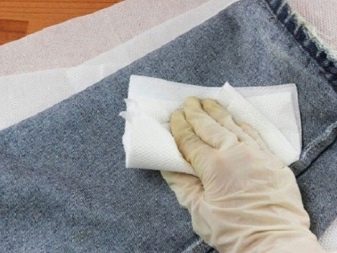
Instruments
Use the necessary tools to remove the silicone sealant.
You can clean silicone from a hard surface using:
- kitchen sponges;
- brushes;
- knife, for this work you should choose a special knife, you can take a shoe or clerical;
- screwdrivers;
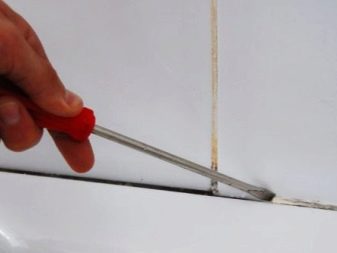
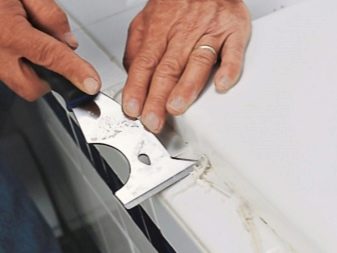
- sandpaper;
- kitchen iron scouring pad;
- plastic scraper;
- wooden stick to remove silicone residues.
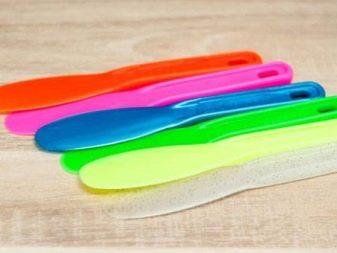
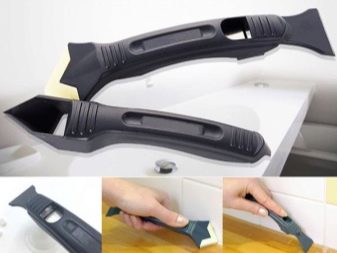
Prepare dishwashing detergent, find old rags, rags to remove dirt from the surface.
Using the listed tools, you can easily get rid of the sealant on any surface, be it glass, plastic, wood, metal, as well as remove the old sealant layer from the tiles.
A construction hair dryer is useful in work. With it, the silicone is heated and then easily removed with a wooden or plastic scraper. In this way, it is convenient to remove dirt from glass surfaces, mirrors, aluminum surfaces.

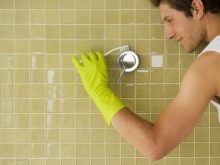

How to clean?
When treating the joints and seams in the bathroom with sealant, it should be understood that after a while the old layer of silicone may become unusable. Mold appears at the joints and seams, which is no longer possible to remove, so you should remove the old layer of sealant and fill the joints with new grout. To remove the old layer from the tile, you should take a knife and cut off the top layer of silicone. A screwdriver can be used to clean the gaps between the tiles. After the seams have been mechanically cleaned, it is recommended to clean the cracks with a vacuum cleaner. A solvent is applied to the treated surface, after softening it, the silicone will become easier to clean with a wooden or plastic spatula. It takes two to twelve hours for the silicone to soften.More precisely, it should be indicated on the packaging.

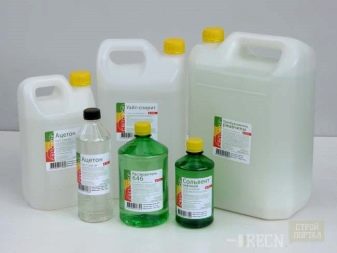
You can remove frozen silicone with gasoline or kerosene. The product is applied to the surface and rubbed a little, then you should wait until the adhesive becomes soft. To remove silicone, you can try Penta 840. Before using it, you should pre-treat a small part of the tile with it. If you do not test the drug in a small area, the tiles may be cracked, since the tiles are not always resistant to the drug. If the sealant is to be removed from the rim of the tub, it is important to consider the material from which it is made. Acrylic bathtubs need special treatment. It is necessary to remove dirt from an acrylic bath only with special factory solvents. It is not recommended to use sandpaper, iron scouring pads, brushes for cleaning pallets and shower stalls.
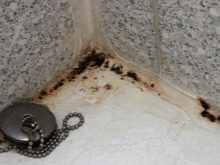

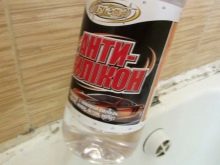
Also, do not use organic solvents. All work to remove contamination must be carried out carefully so as not to damage the surface to be treated. If the bath is steel or cast iron, you can clean it using abrasive materials and chemicals. When trying to wipe off the silicone from the joints in the bathroom, it is important not to overdo it so as not to scratch the surface.
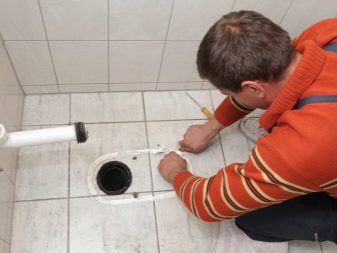
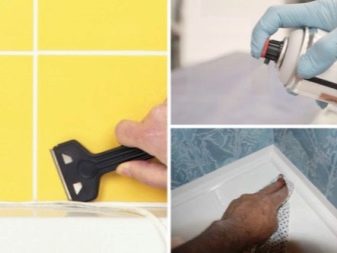
If you need to remove silicone sealant from glass surfaces, choose white spirit or gasoline. This can be done very quickly and easily at home. The cloth should be moistened with solvent and applied to the glass; after a few minutes, the remaining silicone can be easily removed. When working with a sealant, it is not uncommon for silicone to get on clothes or remain on your hands. While the glue has not yet hardened, the fabric is pulled and, picking up with a spatula, remove the silicone. If the glue has managed to be absorbed into the fabric, vinegar, industrial and medical alcohol should be taken to remove it. The selected liquid is poured onto the dirt, the spot with the stain is wiped off with a toothbrush, while the glue will begin to roll out, forming lumps. After processing, you need to wash the clothes by hand or in the washing machine.
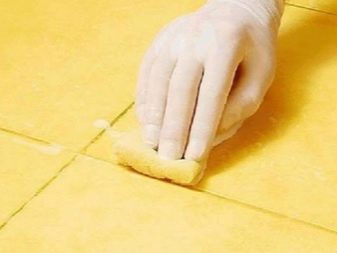
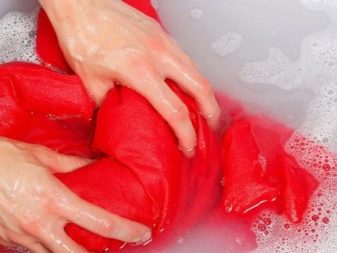
If silicone gets on your skin, you can try washing it off using regular salt. A little salt is poured into a jar of warm water, in this solution you should hold your hand a little and then try to wipe off the dirt with a pumice stone. It is not always possible to get rid of the glue immediately, so this procedure is carried out several times during the day. You can try to lather your hands well with laundry soap, then rub them with a pumice stone. With this sanitary product, you can remove the sealant from very small areas on your hands. You can get rid of the sealant using vegetable oil. It is heated and applied to the skin, then lathered with laundry soap and washed well. If all these methods do not work, you can use chemicals.

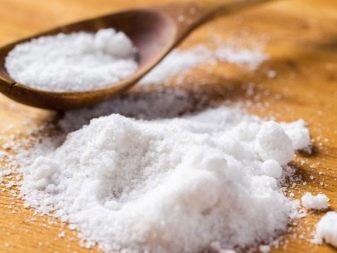
Tips & Tricks
Today the store has a large selection of tools for successfully removing the sealant, but you can use the traditional ones: vinegar, gasoline, white spirit, etc. Before settling on any of them, you should check how effective it is on a small surface. If the result is positive, you can safely opt for it.
If you want to remove dried sealant from the countertop, the masters advise you to find out what products, besides silicone, are in the sealant. If the composition contains petroleum products, then you can remove the sealant from the countertop using refined gasoline. Apply the thinner with a soft cloth for 5 to 30 minutes, then remove the dirt with a wooden spatula or spatula.
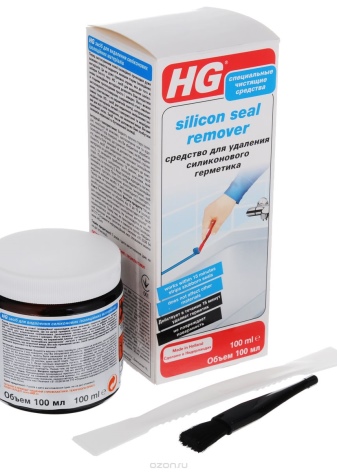
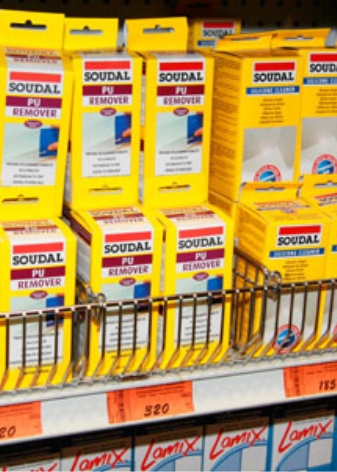
In this way, uncured sealant can be cleaned from the countertop. If the glue has already dried, the top layer should be cut off immediately, then the solvent should be applied. After processing, the surface is treated with a detergent.
When cleaning acrylic surfaces, do not use sharp objects or hard brushes.
To remove sealant from ceramic surfaces, glass or mirrors, you can use a building hair dryer. It should be heated to a temperature of 350 degrees and directed to the surface to be treated. The sealant will begin to heat up and flow, with the help of a sponge the residual contamination is removed.
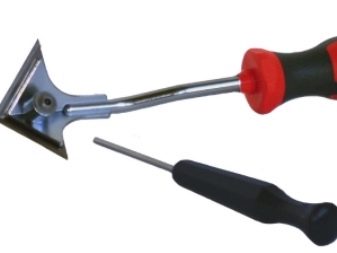
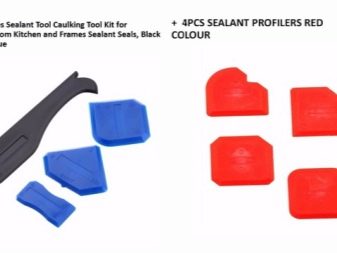
If your hand gets dirty during work, you can remove the pollution with polyethylene. Silicone adheres well to plastic wrap. By washing your hands with water and wiping with plastic wrap, you can quickly and easily remove the silicone from your skin.
Dirt on the fabric can be removed with an iron. A solvent is applied to the surface, paper is placed on top and passed over it with a heated iron.
You can remove silicone from the fabric surface in an unconventional way, using cold. Put clothes in the bag and place it in the freezer for three or more hours. After such freezing, the silicone can be easily removed from the fabric surface. You can also use hydrogen peroxide to remove sealant from clothing.
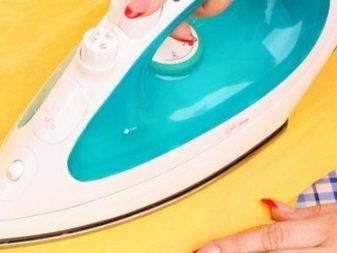
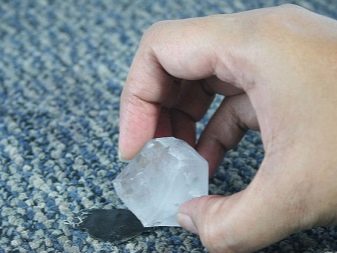
In order not to spend a lot of time removing stains and dirt, it is best to try to prevent their appearance.
Builders recommend during work:
- use gloves, an apron or other suitable clothing;
- as soon as the sealant has spread over the surface, it should be wiped off with a cloth soaked in vinegar until the silicone is dry;
- to make repairs easier, you can use masking tape. It is glued to the surface for sealing joints, after work, the masking tape should be removed until the silicone is dry;
- builders advise not to throw away the sealant label in order to simplify the selection of the right solvent in the store.

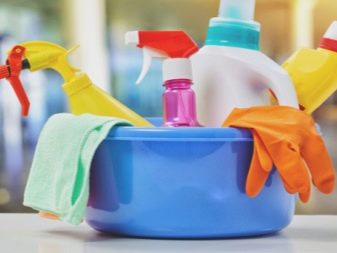
Silicone sealant is difficult to remove from many surfaces. When working with this material, you should prepare work clothes, work with rubber gloves. Masking tape while working with the sealant will greatly facilitate the work and eliminate the need to remove the glue from the surface.
For information on how to remove sealant from surfaces, see the next video.













The comment was sent successfully.